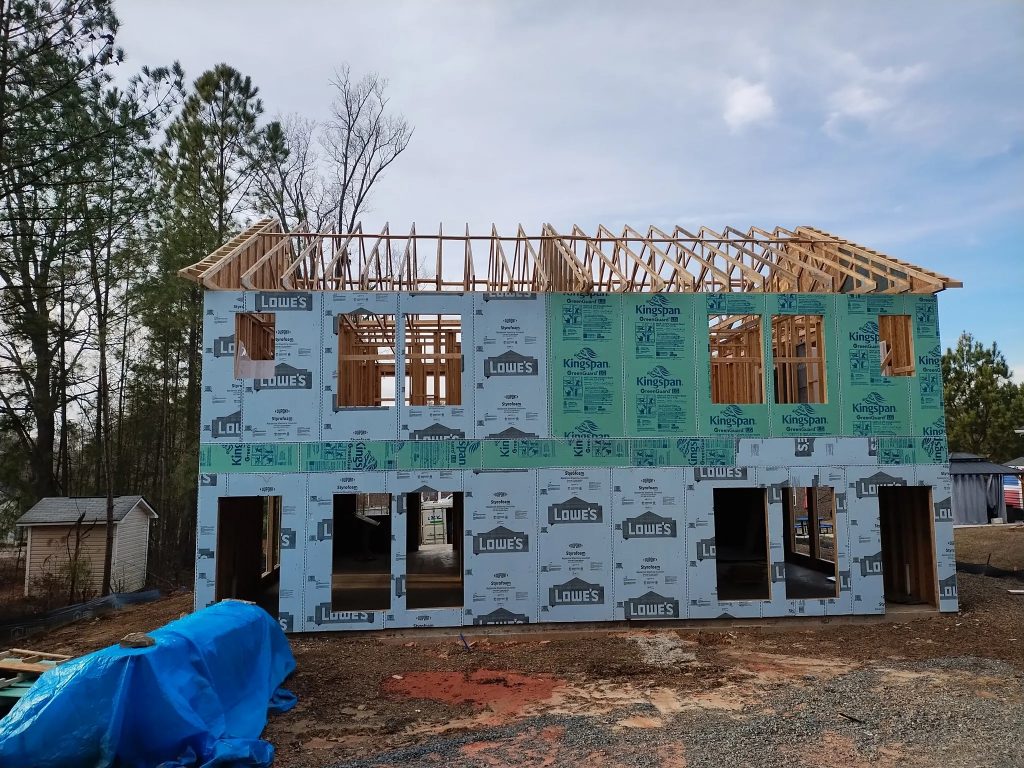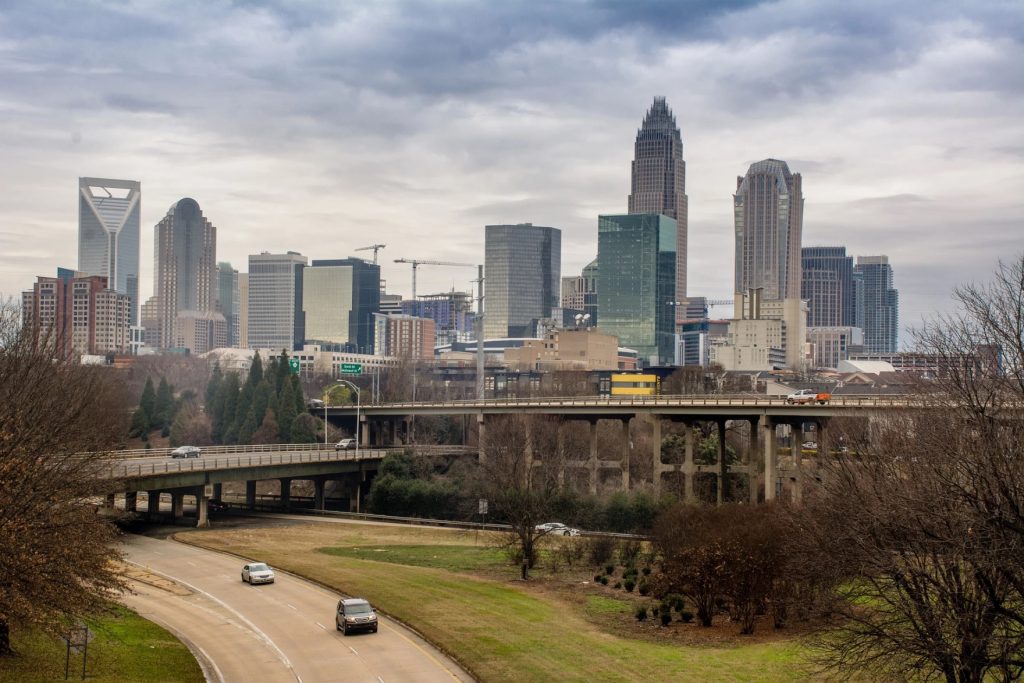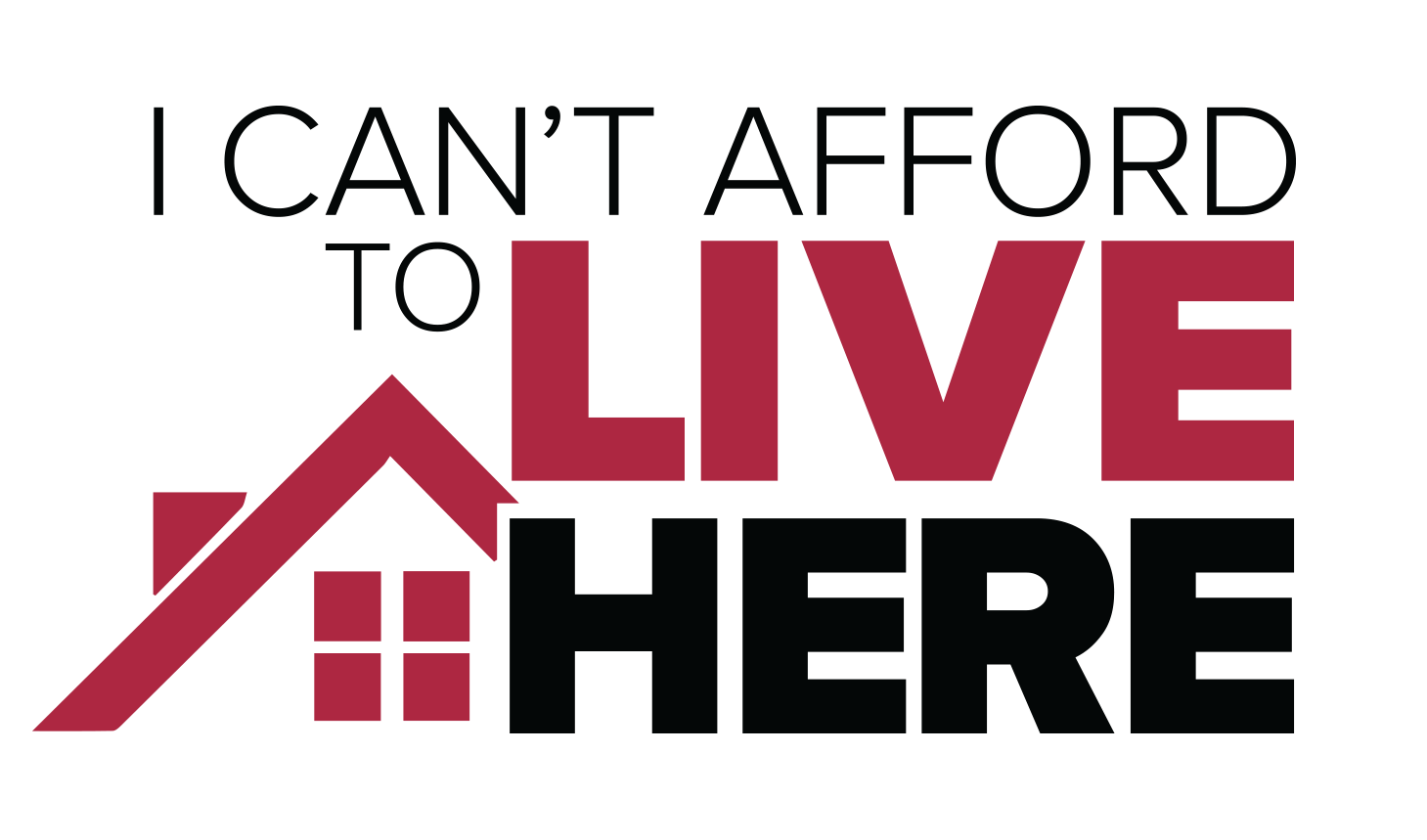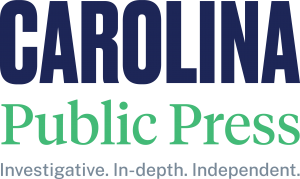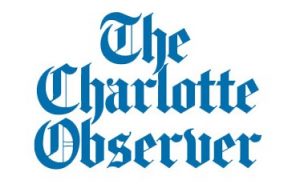This article is the first in a series that explores how the Latino, Spanish-speaking and undocumented communities have been affected by the coronavirus pandemic in North Carolina a through the story of the Chagoyán family in Midland.
Laura Brache
September 3, 2020
Sitting at home and from her cellphone screen on July 24, Ana Chagoyán, a Mexican mother who lives near Charlotte, said her last goodbye to her brother Juan. He was just 40 years old.
It was a virtual funeral, and Ana was with her mother, her other brother, her husband, three of her children, her son-in-law and her grandson. They all live under the same roof in the Cabarrus County town of Midland.

Members of the Chagoyan family stand outside their home in Midland, North Carolina, holding a portrait of Juan Chagoyan, who died July 20. LAURA BRACHE, WFAE
Eight of the 10 people living in the household have shown symptoms of or tested positive for the coronavirus.
Juan Chagoyán came to the country illegally from León, Guanajuato, Mexico, 20 years ago. Ana followed two years later in 2002. Many Latino families, particularly immigrants, have living situations similar to Ana’s family, said Viviana Martinez-Bianchi, a community health expert at Duke Health.
And Martinez-Bianchi said such crowded living arrangements make it easy for the coronavirus to spread through families.
“Many of the most beautiful things about the Latino community — like supporting each other, living together with the rest of the family — in the middle of a pandemic, where distance is necessary, ends up being something that plays against us,” she said.



 The Charlotte Journalism Collaborative is supported by the Local Media Project, an initiative launched by the Solutions Journalism Network with support from the Knight Foundation to strengthen and reinvigorate local media ecosystems.
The Charlotte Journalism Collaborative is supported by the Local Media Project, an initiative launched by the Solutions Journalism Network with support from the Knight Foundation to strengthen and reinvigorate local media ecosystems.